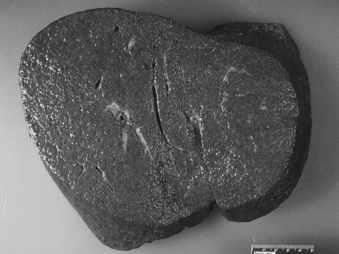88. Wilson’s Disease
Definition
Wilson’s disease is an autosomal recessive, inherited, rare, progressive disorder in the metabolism of copper, characterized by excessive copper deposits in the brain, liver, and other tissues. These deposits result from excessive absorption of copper by the small intestines coupled with inadequate excretion of copper by the liver.
Incidence
The incidence of Wilson’s disease varies according to the country and the rate of consanguinity. For example, the incidence in Japan is 1:30,000, whereas the incidence in Australia is 1:100,000.
Internationally there are estimated to be 10 to 30 million cases of Wilson’s disease. The age of onset of liver manifestations peaks between 10 to 13 years, whereas neuropsychiatric illness onset ranges from 19 to 20 years. Females present fulminant cases more frequently than males by a 4:1 ratio.
Etiology
Wilson’s disease is a result of an autosomal recessive inheritance of the Wilson’s disease gene on chromosome 13; more than 40 mutations have been delineated.
Four Stages of Wilson’s Disease
| Stage I | Initial copper accumulation by liver binding sites |
| Stage II | Acute copper redistribution within the liver and systemic circulation |
| Stage III | Chronic accumulation of copper in the brain, renal, and other nonhepatic tissues |
| Stage IV | Achievement of copper balance via chelation therapy |
 |
| Wilson’s Disease. Enlarged, firm, nodular appearing liver from a patient with Wilson’s disease who underwent liver transplant. |
Signs and Symptoms
• Asymmetric tremor
• Ataxia
• Coombs-negative acute intravascular hemolysis
• Defective renal acidification






